Their tights and clothes are covered in the fine black powder, but they certainly seem to be enjoying their late-night frolic.
Except for the fact that it is in the middle of the day.
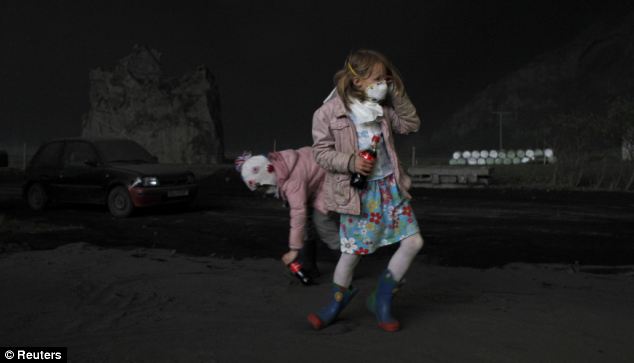
Huge plumes of ash from the continuing volcanic eruption at Eyjafjallajokull glacier have all-but blotted out the sun in the region.
Anything that stands still for more than five minutes begins to disappear under a choking layer of ash, and everyday objects take on an eerie 'dead' look in the dark, monochromatic environment.
The thick column of smoke, steam and ash belching from the volcano shows no signs of abating, and scientists offer little comfort.
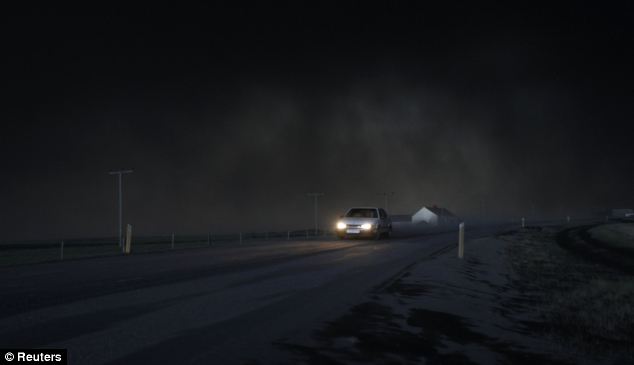
Jose Luis Barrera, deputy president of Spain's College of Geologists, said the volcano's last eruption in 1821 ran for two years.
Farmers are being forced to keep livestock indoors, and local residents are being advised to stay at home unless movement is strictly necessary.
Yet tourists are taking advantage of the unique spectacle - from a safe distance.
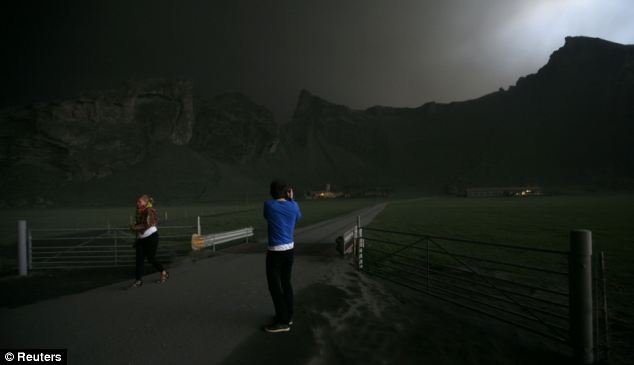
Aviation experts and scientists warn that Europe should brace itself for a summer of sudden flight disruptions caused by the volcano.
Air-control authorities and geologists agree that there are likely to be more cancellations to come as computerised projections try to pinpoint where the ash clouds will float next.
'We do not pretend to be psychics,' said Einar Kjartansson, a geophysicist at the Icelandic Meteorological Office, who often has been asked to guess the volcano's next move since it began spitting lava and ash on March 20.
Huge volumes of ash, which can clog jet engines, forced most of northern Europe to shut its air services between April 15 and 20, grounding an estimated 10 million travellers worldwide.
Mr Barrera said: 'We're going to have to learn to live with the volcano. Just as in California, people learn to live with the earthquake that may be waiting for them... this is the same. Preventive measures will have to be taken for if and when the mass of ash gets worse.'
Airline, business and tourism leaders have also increasingly questioned Europe's competence to measure the true threat. Criticism has been sharpest in Ireland and Britain, heavily dependent on air links for their economic health.
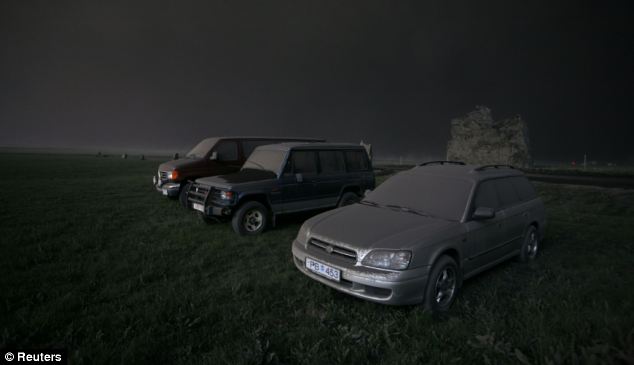
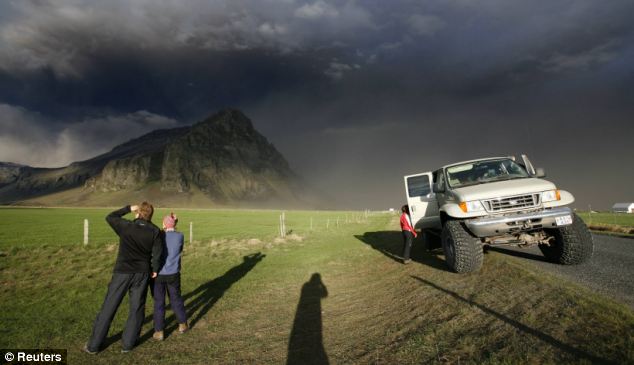



If the ash doesn't permanently damage those little girls, the Coke will...
Impressive pictures, though - day to night.